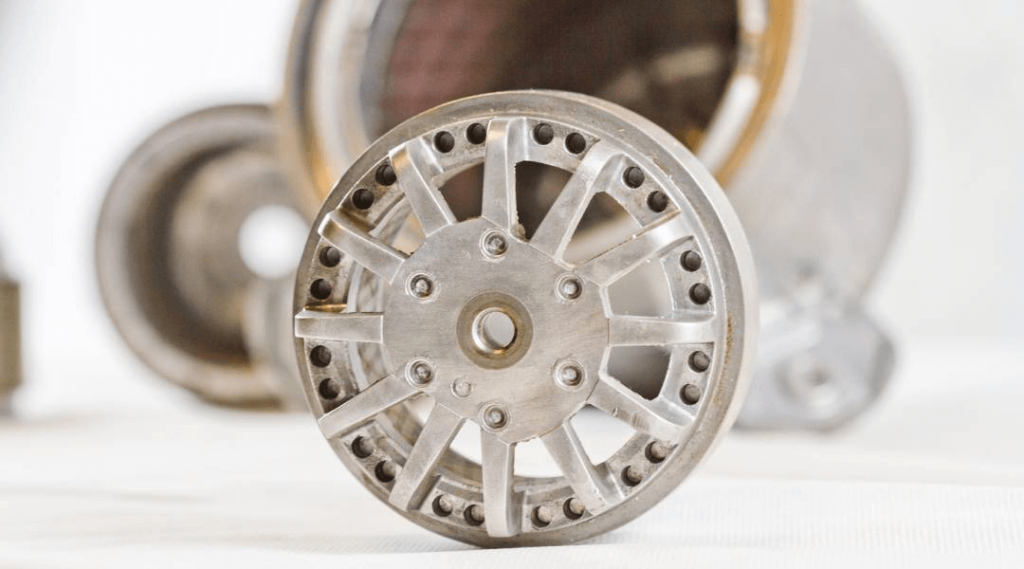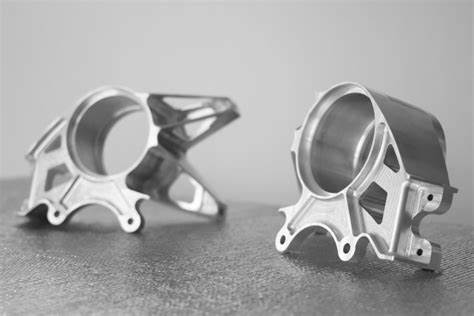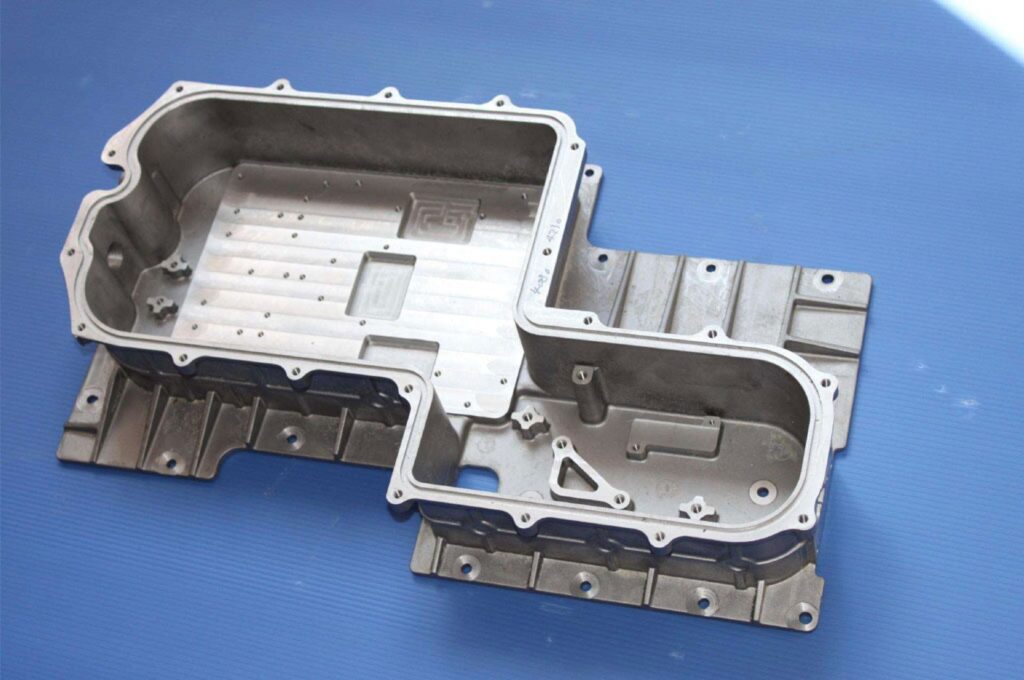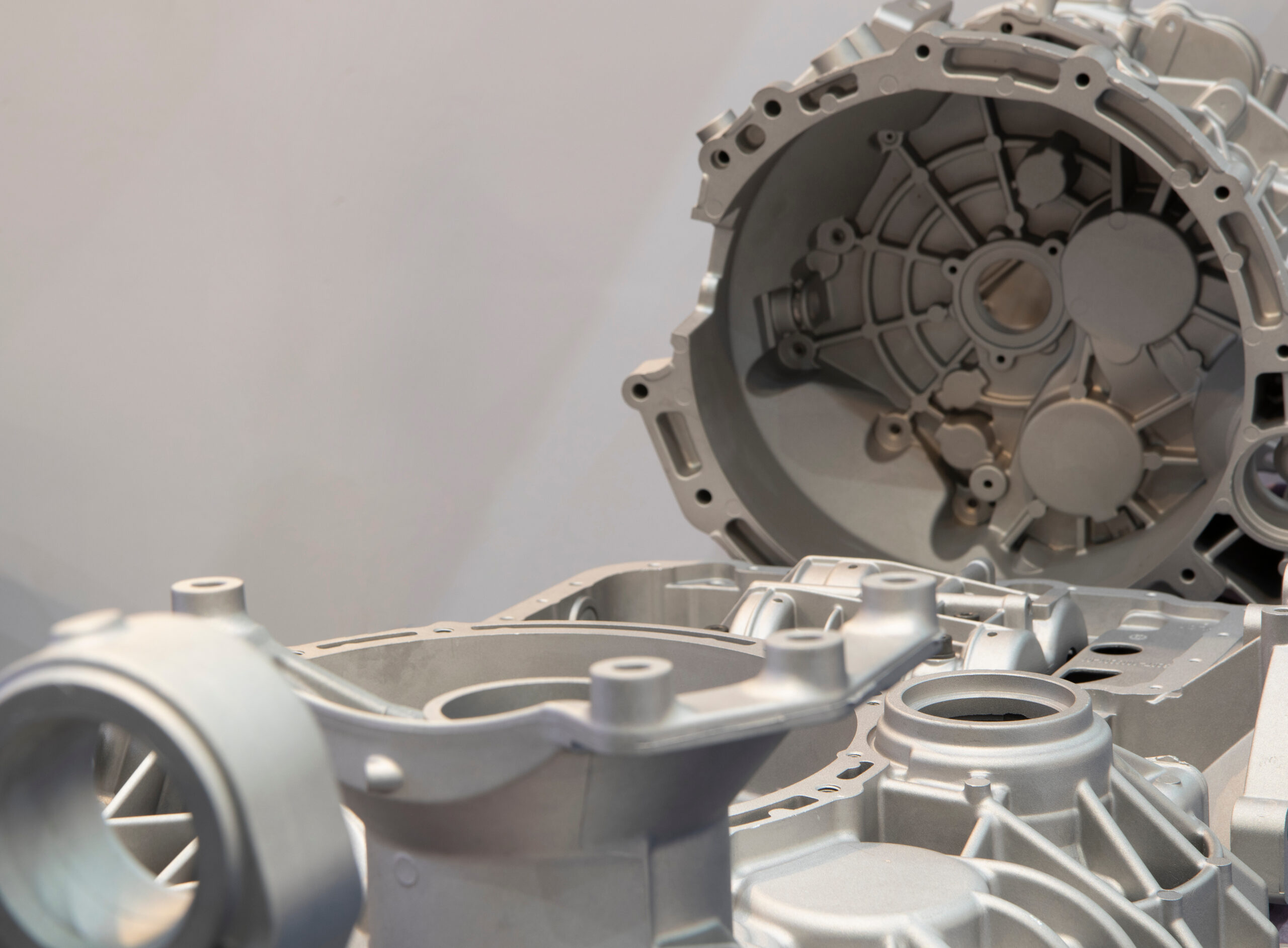Aluminum Die Casting: Causes and Solutions to Porosity Issues
Aluminum die casting is a widely used manufacturing process known for its efficiency in producing complex and sophisticated metal parts. However, one of the challenges that persists in aluminum die casting is the appearance of porosity.
Porosity can severely impact the mechanical properties and overall quality of a casting, reducing strength, compromising integrity, and causing potential failures in critical applications. Understanding the causes of porosity and implementing practical solutions is essential for manufacturers to ensure high-quality aluminum die castings.
This blog aims to delve into the common causes of porosity in aluminum die castings and provide practical solutions to mitigate and eliminate this problem. By addressing these challenges, manufacturers can improve the reliability and performance of their cast products, ultimately increasing their competitiveness in the market.
1. Understanding Porosity in Aluminum Die Castings
Porosity in aluminum die castings refers to small voids or cavities within the metal. These voids vary in size and distribution and are usually formed during the solidification process of the cast metal. Porosity can be broadly divided into two main types: gas pores and shrinkage pores.
Porosity occurs when gases such as air or hydrogen become trapped in the molten metal during the casting process. This entrapment can be caused by a number of reasons, including moisture in the mold or core material, improper venting, or turbulence in the molten metal. Porosity typically appears as small round holes within the casting, which can compromise the structural integrity of the material.
Shrinkage porosity occurs due to volumetric contraction as the molten metal solidifies and cools. As metal transforms from a liquid to a solid, it naturally shrinks. If there is not enough feed metal to compensate for this contraction, voids form. These voids appear as more pronounced, irregular cavities and can severely weaken the casting.
Effects of Porosity on Mechanical Properties and Quality Porosity can have several detrimental effects on the mechanical properties and overall quality of aluminum die castings. These effects include:
• Reduced Strength: Porosity reduces the tensile and fatigue strength of the casting, making it more susceptible to cracking and failure under load.
• Impaired Pressure Tightness: Porous castings can leak under pressure, which is critical in applications such as hydraulic components and automotive parts.
• Poor surface finish: Surface porosity can result in a rough, uneven surface that affects the aesthetic and functional qualities of the casting.
• Machining challenges: Porous areas can make machining difficult, leading to tool wear and dimensional inaccuracies.

2. Common causes of porosity in aluminum die castings
Porosity in aluminum die castings can be caused by a variety of factors during the casting process. Understanding these common causes is critical to implementing practical solutions to minimize and eliminate porosity.
1) Gas entrapment
Gas entrapment is the primary cause of porosity in aluminum die castings. This occurs when gases such as air, hydrogen, or other contaminants become trapped in the molten metal. Common sources of gas include:
• Moisture in the mold or core material: Moisture evaporates during the casting process, forming gases.
• Air entrapment: Turbulence and improper metal flow can trap air in the molten metal.
• Hydrogen absorption: Aluminum alloys can absorb hydrogen from the atmosphere or moist materials and form bubbles as the metal solidifies.
2) Solidification shrinkage
Shrinkage cavities are caused by the natural shrinkage of the metal as it solidifies and cools. This shrinkage creates voids if there is not enough feed metal to fill the shrinking volume. Factors that contribute to shrinkage porosity include:
• Inadequate feeding: Inadequate supply of molten metal during solidification can cause shrinkage porosity.
• Poor riser design: The riser acts as a reservoir for the molten metal and must be properly designed to provide the casting with adequate feed metal during solidification.
• Rapid cooling: Uneven or rapid cooling can prevent proper feeding, which can exacerbate shrinkage porosity.
3) Inadequate Venting
Proper mold venting is essential to allow gases to escape from the mold cavity. Inadequate venting can trap gases within the casting, causing porosity. Key points include:
• Inadequate venting passages: Lack of adequate vents prevents gases from escaping, causing gas porosity.
• Clogged vents: Debris or improper maintenance can clog vent passages, trapping gases.
• Contaminants and impurities: Contaminants and impurities in aluminum alloys can also cause porosity. These contaminants can come from a variety of sources:
• Recycled materials: Using recycled aluminum can introduce impurities that cause gas formation.
• Oxide film: Oxide film on the surface of molten metal can become trapped within the casting, creating voids.
• Foreign particles: Dirt, slag, and other foreign particles can cause porosity to form.

3. Techniques for Identifying and Measuring Porosity
Identifying and measuring porosity in aluminum die castings is critical to ensuring the quality and integrity of the final product. Various techniques can be employed to detect and quantify porosity, each with its own advantages and applications.
1) Visual Inspection
Visual inspection is the most direct method for identifying surface porosity. It involves thoroughly inspecting the exterior of the casting to detect visible signs of porosity, such as:
• Surface defects: Small holes or rough areas on the surface can indicate the presence of porosity.
• Color changes: Color differences can indicate the presence of underlying voids or impurities.
While visual inspection helps detect surface porosity, it may not reveal internal defects.
2) Non-destructive Testing (NDT) Methods
NDT methods can detect internal porosity without damaging the casting. Standard nondestructive testing techniques include:
①X-ray inspection
• X-ray radiography: This technique uses X-rays to penetrate the casting and produce images showing internal defects. X-ray radiography is very effective for identifying gas and shrinkage pores.
• Computed tomography (CT): CT scanning provides detailed 3D images of the inside of the casting, allowing accurate detection and measurement of porosity. This method is suitable for complex geometries and critical applications.
②Ultrasonic testing
• Ultrasonic defect detection: Ultrasonic waves pass through the casting and analyze their reflections to detect internal voids. This method is very effective for identifying porosity in thicker parts of the casting.
• Advantages: Ultrasonic testing is fast, portable, and can be used in the field.
3) Destructive testing methods
Destructive testing methods involve cutting open the casting to directly observe and measure porosity. These methods provide detailed information, but can render the casting unusable.
①Metallographic inspection
• Cutting and polishing: The casting is cut, polished, and examined under a microscope. It can accurately characterize the size, distribution, and morphology of pores.
• Quantitative analysis: Image analysis software can quantify the volume fraction and size distribution of pores.
② Density measurement
• Archimedes’ principle: The density of a casting is measured by comparing its weight in air and fluid. Deviations from the expected density may indicate the presence of porosity.
• Porosity index: The measured density can be used to calculate the porosity index, providing a quantitative measure of the porosity level.

4. Solutions to reduce and eliminate porosity
Solving the porosity problem of aluminum die castings requires a multifaceted approach, including mold design improvements, process control, alloy treatment, and advanced casting technology.
The following are practical solutions to reduce and eliminate porosity:
1) Improve mold design
A well-designed mold is essential to reduce porosity. Key improvements include:
• Optimizing gate and riser locations: Proper gate and riser design ensures smooth metal flow and adequate supply of molten metal during solidification. Strategically placed gates and risers help prevent turbulence and air entrapment.
• Enhanced mold venting and cooling systems: Adequate venting allows gases to escape, thereby reducing gas porosity. The use of effective cooling channels ensures uniform cooling, minimizing shrinkage porosity. Using simulation software to design and optimize these systems can improve their effectiveness.
2) Process Control and Monitoring
Strict control and monitoring of the casting process can significantly reduce porosity. Important aspects include:
• Maintaining proper temperature and pressure: Continuous control of melt temperature, mold temperature, and injection pressure helps prevent gas absorption and shrinkage defects. Automated systems ensure precise control and consistency.
• Real-time monitoring of casting parameters: Using sensors and real-time monitoring tools can immediately detect anomalies in the casting process. It can quickly adjust to prevent porosity formation.
3) Alloy Selection and Treatment
The selection and treatment of aluminum alloys play a vital role in reducing porosity. Considerations include:
• Selecting low-porosity aluminum alloys: Selecting high-purity alloys with low gas absorption tendencies can reduce porosity. Alloys specifically formulated for aluminum die casting applications are generally less sensitive to porosity.
• Degassing and refining processes: Pre-treating the molten metal with degassing agents and fluxes can remove dissolved gases and impurities. Techniques such as rotary degassing and the use of inert gases such as argon help eliminate hydrogen and other gases in the melt.
4) Vacuum Casting Technology
Vacuum-assisted die casting technology can reduce porosity by minimizing gas entrapment and improving metal flow. Key points include:
• Advantages of vacuum-assisted die casting: The vacuum system extracts air from the mold cavity, thereby reducing the generation of pores. The technology also helps achieve better metal flow and more effectively fill complex geometries.
• Implementation and cost considerations: Although vacuum casting increases equipment and operating costs, the benefits of improved casting quality and reduced scrap rates often justify the investment. Manufacturers should evaluate the cost-benefit ratio based on their specific production needs.
If you are looking for an experienced casting manufacturer , Xavier is undoubtedly your best choice. The Xavier team has sophisticated equipment and can provide you with high-quality casting solutions to fully meet your personalized processing needs. If you need more information or want to discuss your needs with us, please feel free to contact us.
